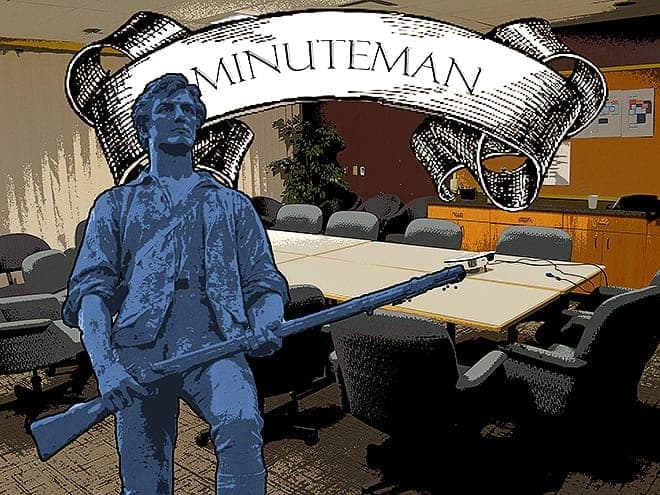Football field size and chronic traumatic encephalopathy

Multiple instances of CTE plague NFL and CFL players alike, but one group reports more devastating end results
by will spencer, contributor
On September 25, 2022, during a game against the Buffalo Bills, a 22-year-old forward defenceman for the Miami Dolphins, Tua Tagovailoa, was cleared to play after sustaining a concussion mid-game. He was sent back onto the field, his hands visibly quaking, and appeared to be unsteady on his feet. The next game, against the Cincinnati Bengals, Tagovailoa would be, again, supine on the ground; this time unresponsive, leaving the field on a stretcher. How did it come to this? An answer: to win.
After Tagovailoa’s injuries, the NFL has been excoriated for failing to address the problem sooner (anyone remember the 2012 film Concussion starring Will Smith?), as these types of issues have been a regular occurrence through the NFL’s history. Phillip Adams, a former NFL player, had CTE – chronic traumatic encephalopathy – induced by his years of engagement with this vicious activity. He started playing tackle football at age seven, and he played professionally in the NFL for six years.
On April 7, 2021, Adams tragically murdered six people, ending with his own suicide. Adams’ frontal lobe was decimated by years of contusions, reducing his executive function, thereby essentially changing who he was via brain function. Suppose someone had intervened, say in late high school or early in his professional career, and spoke to Adams about the perils of the game, or he had to sit through mandatory training that elucidated the myriad issues that may arise from sustained engagement with such a belligerent sport. Who’s to say?
I could go on citing different instances of NFL players with CTE induced by years of playing that end tragically, either by suicide or murder-suicide; however, one instance is potent enough. What is interesting is that if one attempts to do the same with the CFL, they cannot find nearly the same number of examples. This forces us to ask a particular question: what is it about American football that is so pernicious?
It’s evident when you compare the two groups: an NFL game consists of short rushes, the two defensive lines colliding nearly every play; a CFL game has a variety of plays, many where the two defensive lines are so spread out that they do not result in the same vicious piles of bodies as their American counterpart.
This may be an environmental effect induced by the field dimensions. The NFL field is short and narrow, 100 yards by 55 and a third yards; the CFL field is long and wide, 110 yards by 65 yards. This space may be enough to decongest the central area of these accidents in the NFL, allowing for more variety in play (and less tragic headlines for the public to read). Returning to the excoriation of the NFL: it has scant effect, as Tagovailoa is cleared to play.
This is anecdotal, but I suffered a concussion a few years ago. It left me in the hospital for a week, wherein I lost thirty pounds and was left with a vestibular imbalance that lasted roughly six months. I could barely spin on a skateboard during this time and did not feel comfortable without a helmet.
How is it that this person, after suffering two concussions within a matter of days – one of which left them unresponsive on the field – be fit to play? An answer: they are not. Refer to the former answer given at the beginning of this article as further explanation.









